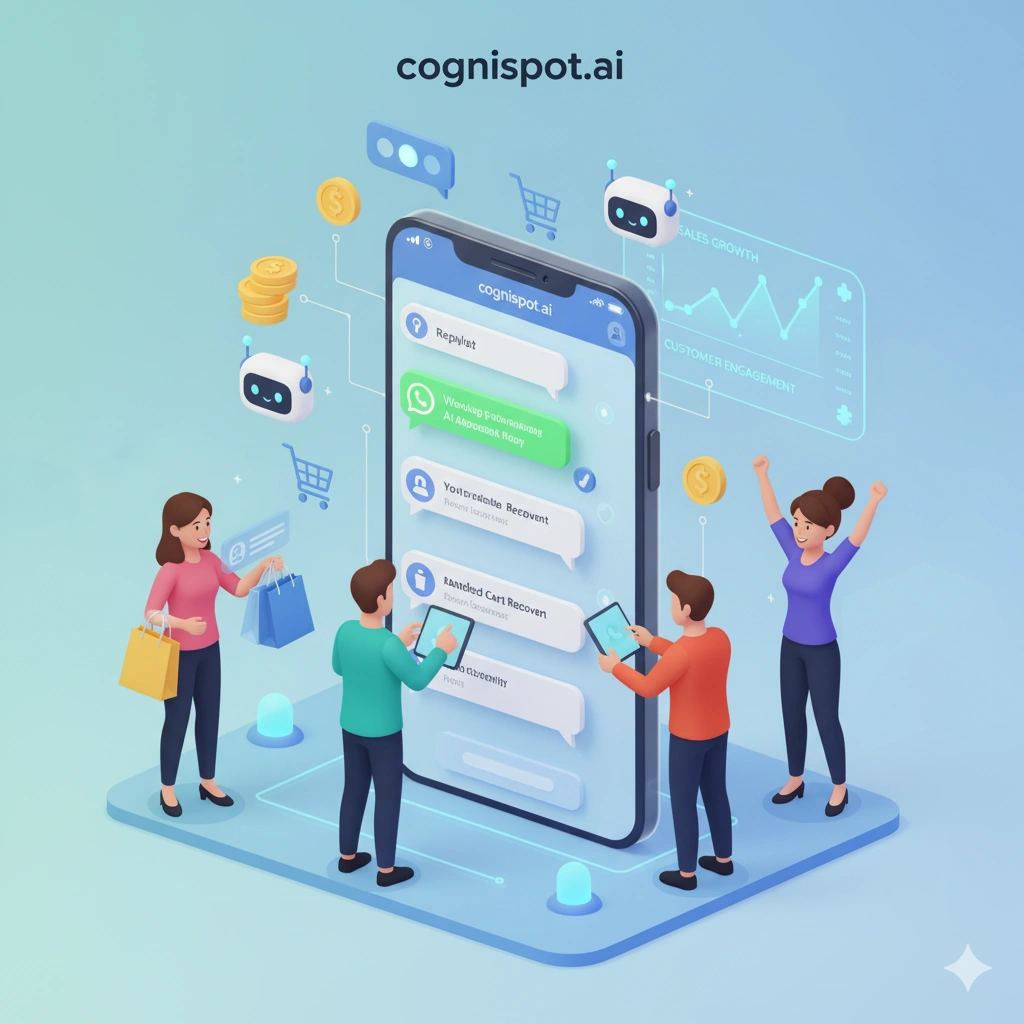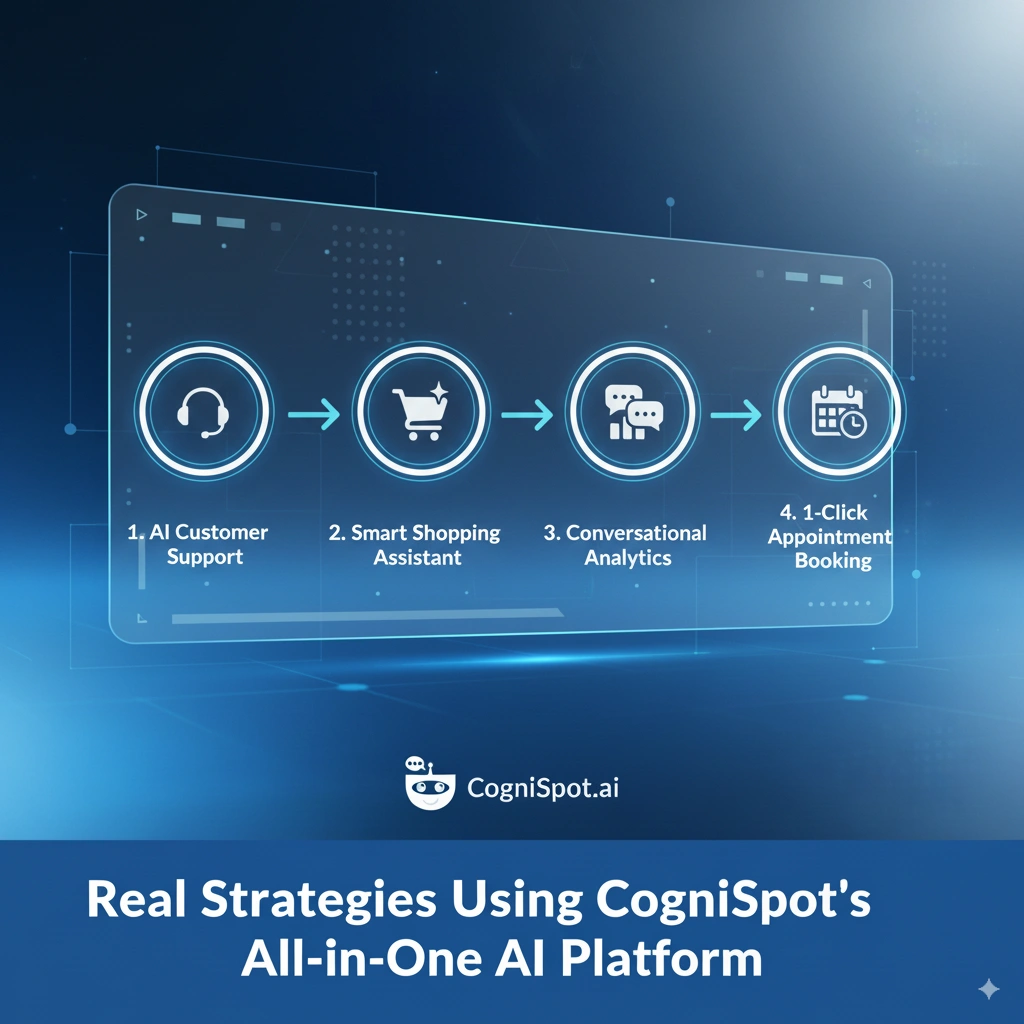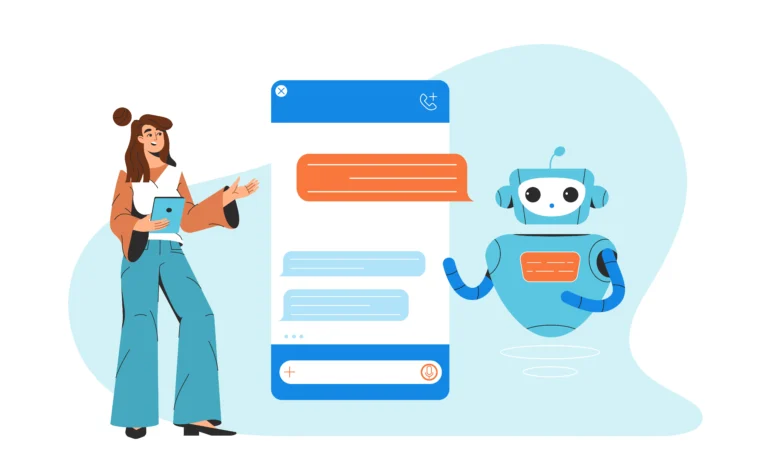Introduction to AI Chatbots and their Benefits for E-commerce
Look how AI Chatbots for E-commerce The world of e-commerce is evolving rapidly, and staying ahead means embracing the latest technologies. One of the game-changers in recent years has been AI chatbots. These digital assistants are transforming how businesses interact with customers, providing instant support and personalized experiences that can drive sales through the roof.
Imagine a customer landing on your website at midnight, unsure about their purchase decision. Instead of leaving empty-handed, they engage with an AI chatbot that answers questions and offers tailored recommendations—all while you catch some Z’s. This seamless interaction not only enhances customer satisfaction but also boosts conversions significantly.
As more consumers turn to online shopping for convenience, leveraging AI chatbots for eCommerce becomes essential for any business looking to thrive in a competitive landscape. Let’s explore how these intelligent tools can elevate your brand and help you achieve remarkable growth by improving customer engagement and driving sales like never before.
How AI Chatbots Can Improve the Customer Experience
AI chatbots revolutionize the customer experience by providing instant assistance. Customers no longer have to wait for email responses or navigate complex phone menus. Instead, they receive immediate answers to their queries.
These chatbots are available 24/7, ensuring support at any hour. This accessibility builds trust and satisfaction among shoppers who appreciate prompt service.
Personalization is another key advantage. By analyzing user data, AI chatbots can recommend products tailored to individual preferences. This not only makes browsing enjoyable but also increases the likelihood of conversion.
Furthermore, these bots streamline processes like order tracking and returns. They guide customers through procedures seamlessly, minimizing frustration associated with e-commerce transactions.
By engaging users in real-time conversations, AI chatbots create an interactive shopping environment that resonates with consumers today. Their ability to learn from interactions ensures continuous improvement in understanding customer needs and enhancing overall experience.
Case Studies of Successful E-commerce Companies Using AI Chatbots
Sephora is a prime example of how AI chatbots can transform customer interactions. Their chatbot offers personalized beauty advice, product recommendations, and even appointment scheduling for in-store consultations. This not only enhances the shopping experience but also drives sales through tailored suggestions.
Another notable case is H&M’s chatbot, which engages users by helping them navigate their extensive catalog. It utilizes past browsing behavior to recommend outfits that resonate with individual styles. By making the shopping process intuitive, they effectively reduce cart abandonment rates.
Lowe’s has embraced AI technology with its “LoweBot.” This virtual assistant guides customers through store layouts while answering questions about products and availability. The result? A seamless in-store experience that translates into increased purchases and satisfied shoppers.
These companies showcase just a fraction of what AI chatbots can achieve in e-commerce, highlighting their potential to boost engagement and drive revenue.
Key Features to Look for in an AI Chatbot for E-commerce
When choosing an AI chatbot for e-commerce, prioritize natural language processing capabilities. It should understand and respond to customer queries in a conversational manner.
Multi-channel support is essential as well. Your chatbot must seamlessly integrate with platforms like Facebook Messenger, WhatsApp, and your website to engage users wherever they are.
Look for personalization features that tailor responses based on previous interactions or user data. This creates a more engaging shopping experience.
Consider the analytics tools included with the chatbot. These will help you track engagement metrics and sales conversions effectively.
Ensure easy customization options are available. You want a chatbot that can align with your brand’s voice and style without extensive technical knowledge required from your team.
Implementing Your AI Chatbot: Step-by-Step Guide
Implementing an AI chatbot for your e-commerce site is easier than it sounds. Start by identifying clear objectives. What do you want the chatbot to achieve? Increase sales, enhance customer support, or offer personalized recommendations?
Next, choose a platform that aligns with your business needs. Popular choices include Shopify and WordPress integrations or standalone solutions like Drift and Intercom.
Once you’ve selected a platform, customize the bot’s personality and tone. It should resonate with your brand voice while remaining friendly and helpful.
Integrate the chatbot into key areas of your website. Consider placing it on product pages, checkout screens, or even during the browsing process to engage users effectively.
Don’t overlook testing before going live. Conduct thorough trials to ensure seamless interactions and make required adjustments based on feedback from real users after launch.
Measuring Success: Tracking Sales and Conversions with AI Chatbots
Measuring success with AI chatbots requires a strategic approach. Start by integrating analytics tools that can track customer interactions and behaviors. This data is invaluable for understanding how users engage with the chatbot.
Monitor key metrics like conversation rates, average response times, and user satisfaction scores. These indicators help assess whether your chatbot is enhancing the shopping experience or acting as a barrier.
Sales conversions are another critical metric. Analyze how many users complete their purchases after interacting with the bot. A high conversion rate signals effective engagement strategies at play.
Don’t forget to gather qualitative feedback too. Post-interaction surveys can provide insights into areas of improvement or highlight what works well.
Regularly adjusting based on these findings ensures your AI chatbot remains an asset in driving e-commerce sales, helping you fine-tune its performance over time and maximize its impact on your bottom line.
Conclusion and Future of AI in E-commerce
The integration of AI chatbots into e-commerce has transformed the way businesses interact with customers. These intelligent tools are not just a trend; they represent a significant shift in customer service and sales strategies.
As brands continue to adopt these technologies, it’s clear that the future of e-commerce will be heavily influenced by AI. Chatbots can provide instant support, guide shoppers through their purchasing journey, and personalize experiences based on user behavior.
Looking ahead, advancements in natural language processing and machine learning will only enhance chatbot capabilities. E-commerce companies stand to benefit immensely as AI chatbots evolve to understand context better, respond more accurately, and even predict customer needs before they arise.
Investing in AI chatbots today positions your business for tomorrow’s challenges. By enhancing customer engagement and streamlining operations, you’ll not only boost sales but also create lasting relationships with your clients. Embracing this technology is no longer optional; it’s essential for staying competitive in an ever-evolving marketplace.













